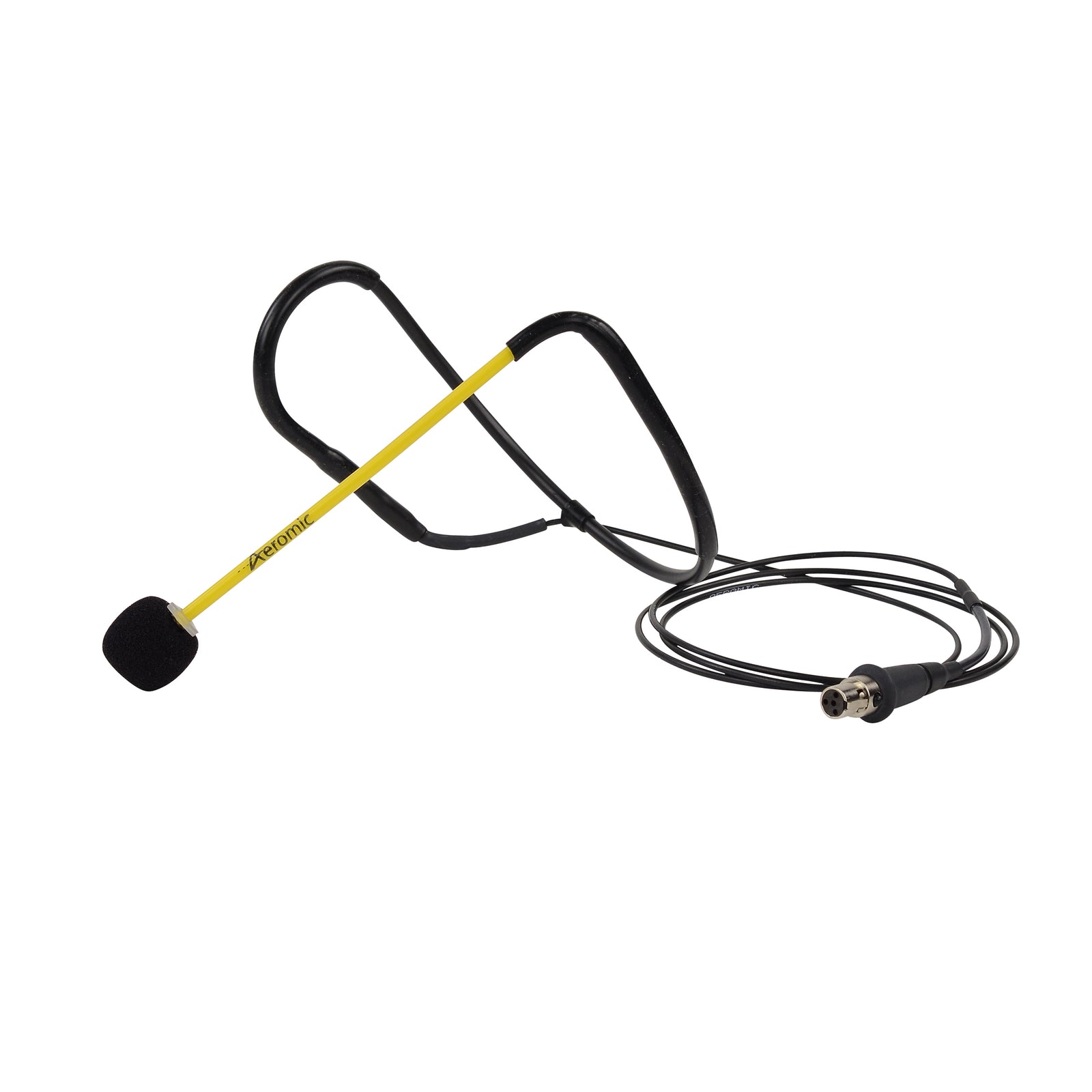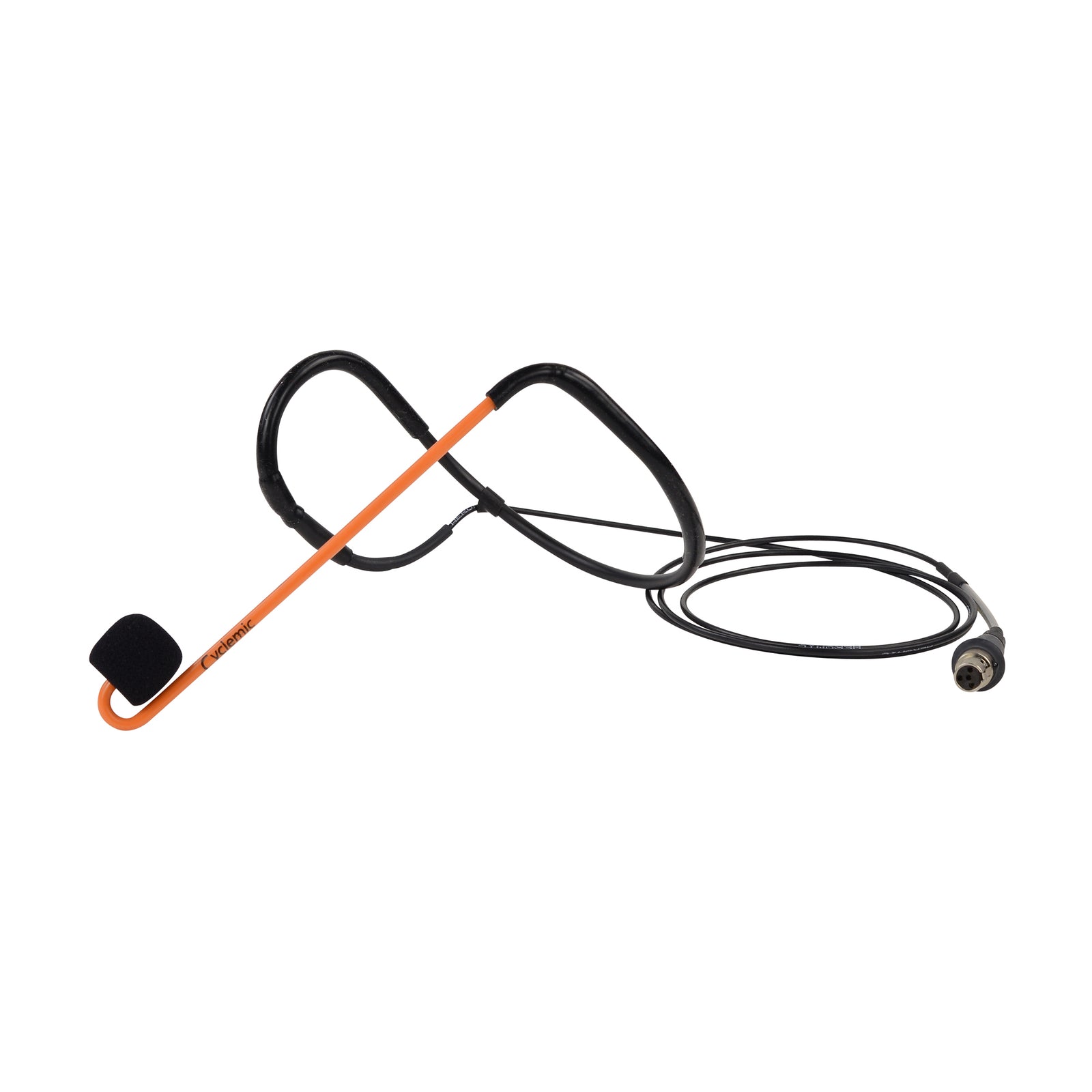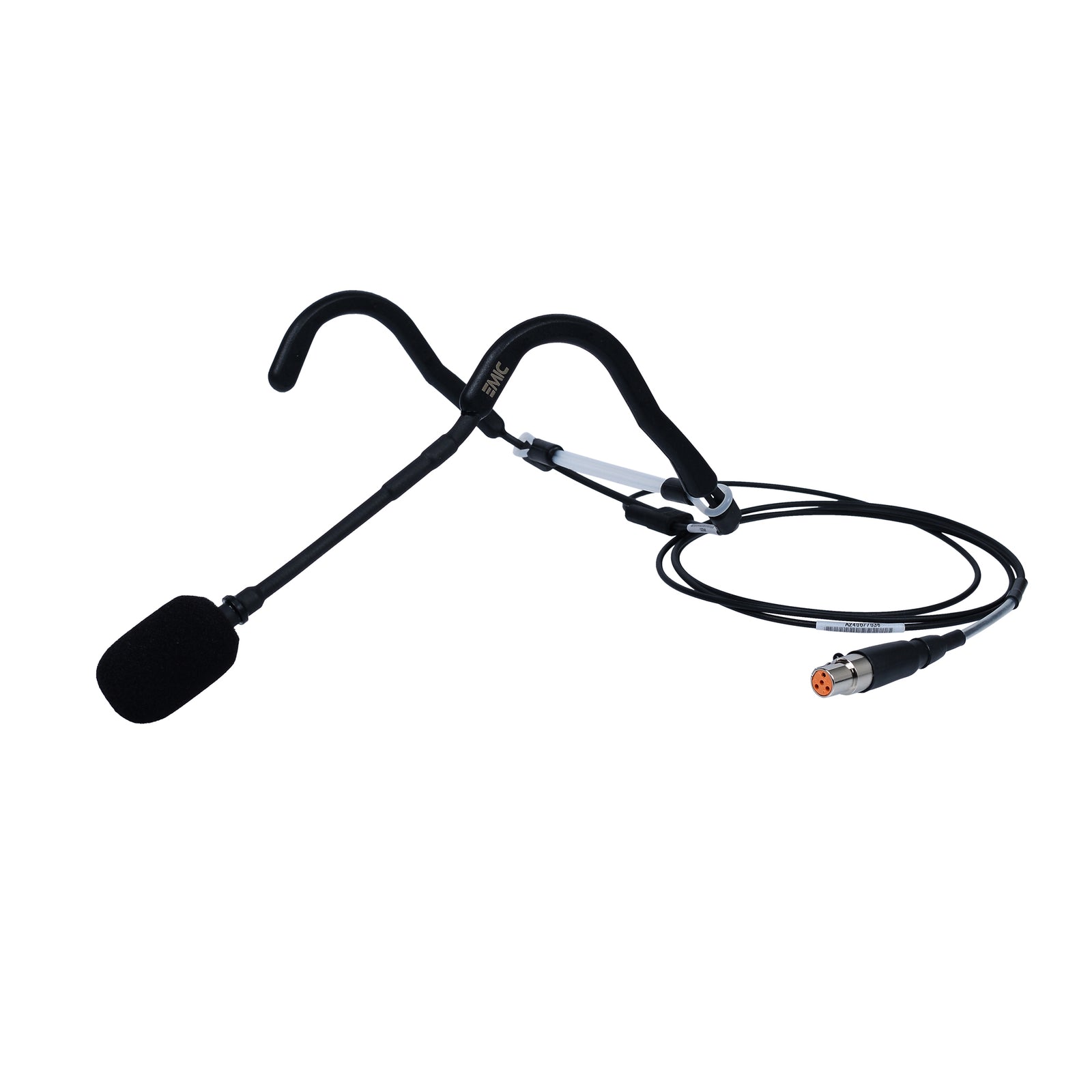
Why does Fitness Audio recommend Bluetooth over aux cables for fitness sound systems?
For years, Group Exercise Instructors have used audio cables to connect portable music playback devices to fitness sound systems. In the early days of iPods & other Mp3 players, using an aux cable was the only way to connect your device.
Today's devices offer Bluetooth connectivity to wirelessly stream your music. Let’s take a look at both ways of connecting your device.
Aux Cables
Pros:
Easily connect any device that has a headphone output jack.
Cons:
All aux cables fail, sooner or later. During group exercise use, strain is put on the cable at several points. Strain points eventually fail or become intermittent, and your class is interrupted or stopped if there is no spare cable.
Aux cables sometimes go missing from sound systems. If there’s no connection cable when you arrive to do your class, there’s no music.
Cables don’t always sound good. The headphone output of a device is designed for use with earphones or headphones, not full-range group exercise sound systems. Users can also overdrive the mixer into distortion by turning the device’s volume up too high.
Bluetooth
Pros:
Wireless music streaming. No cable to wear out, lose or limit movement while carrying your device.
Bluetooth audio sounds better. It’s optimized for music playback on full range sound systems and won’t overdrive the mixer input.
A Bluetooth receiver is easy to connect to a sound system using a simple stereo RCA cable – just like a CD player does.
Cons:
Device pairing issues and distance dropouts with older, consumer-grade Bluetooth Receivers.
Solution
Fitness Audio AeroLink Bluetooth Receiver. The AeroLink is designed for group exercise use. Each AeroLink has 4 unique pairing IDs. If your club has AeroLinks in multiple rooms, it’s easy to see which one you’re pairing to.
Bluetooth reception has improved over the years and is ready for primetime group exercise use. Today’s devices offer Bluetooth connectivity to wirelessly stream your music hassle-free.







